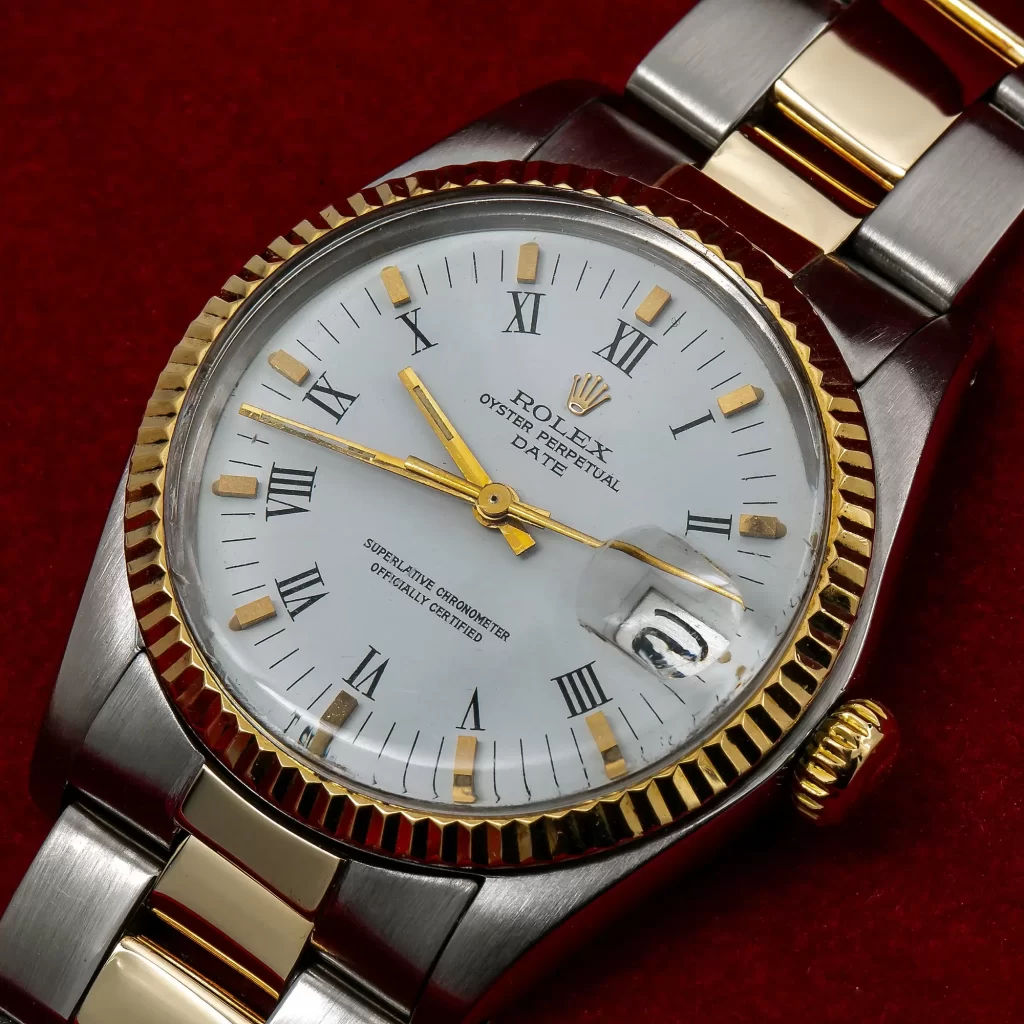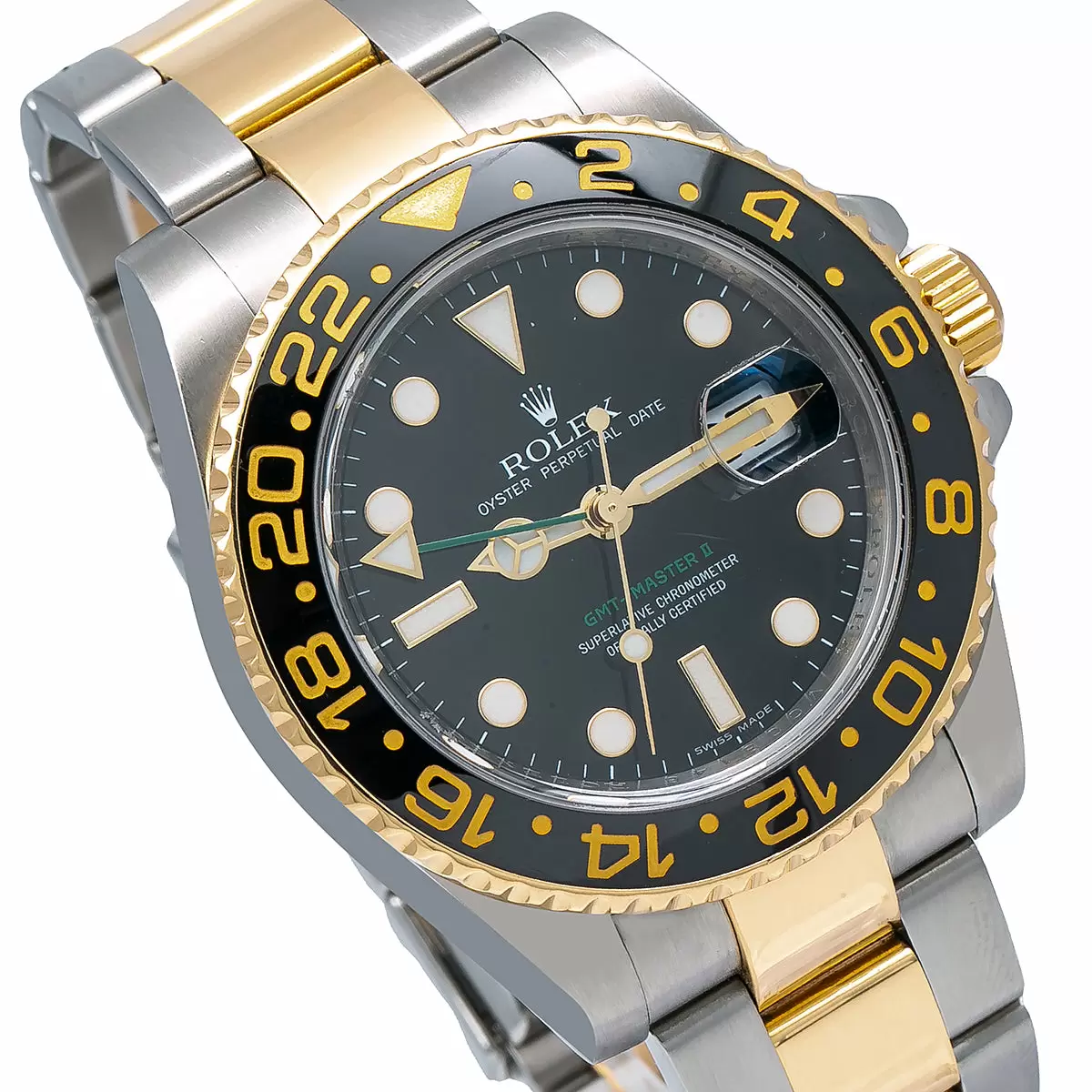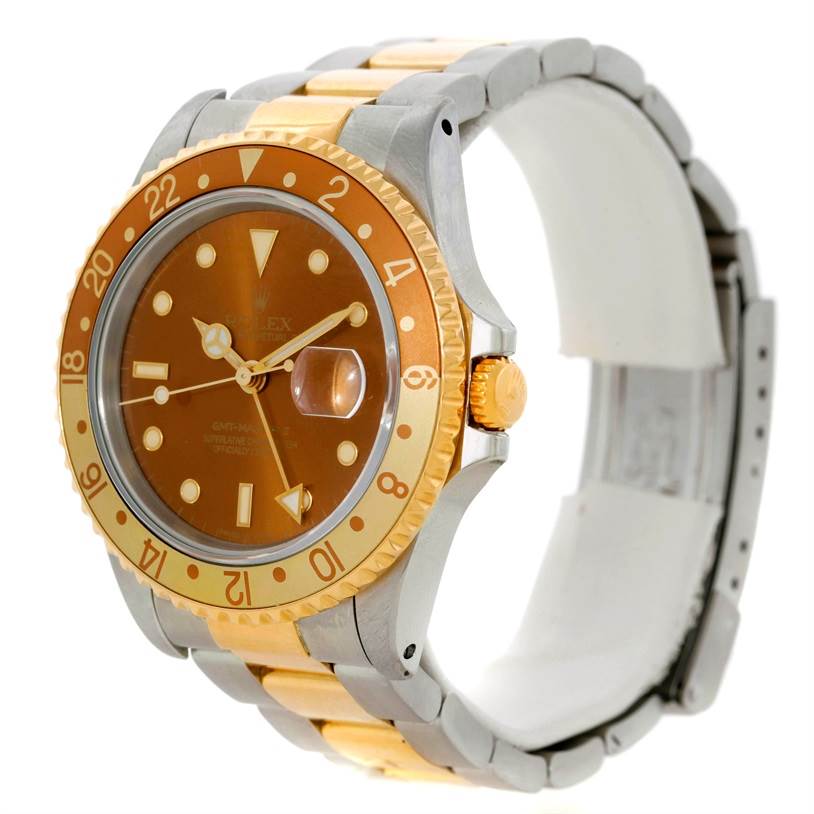John Shmerler, the US CEO of The 1916 Company, forecasts a reduction in the number of luxury watch retailers by the year’s end. However, he suggests that the remaining retailers will boast improved inventories of new watches, alongside potential growth in certified pre-owned pieces.
In the preceding year, both the pre-owned and new replica watch markets underwent significant transitions. Pre-owned timepieces witnessed price corrections, enabling collectors to acquire them at considerable savings compared to market peaks. Some collectors opted to wait for the correction to reach its lowest point, while others, primarily focused on reselling for profit, exited the market.
Regarding new watches at retail, innovation seemed sluggish, and there was a perceived reluctance to innovate due to the postponement of events like the Only Watch auction, which traditionally serves as a showcase for industry creativity.
John Shmerler’s Projections and Desires As the US CEO of The 1916 Company and owner of Radcliffe Jewelers, John Shmerler foresees a continuation of last year’s trends in 2024. He emphasizes the significance of Rolex Certified Pre-Owned (CPO) and anticipates a further reduction in points of sale for top-tier brands. This reduction, he suggests, will stem from both strategic changes by brands and the natural attrition of family jewelers without succession plans. Shmerler warns of potential inventory surges in stores if not managed effectively at the brand level.
Additionally, Shmerler predicts significant changes in watch brand leadership, following an unprecedented four-year period. Expressing his desire for innovative marketing strategies, he references the iconic ‘Got Milk?’ campaign, advocating for consumer exploration of the diverse watch category. Shmerler emphasizes the need for brands to embrace multi-brand environments and commit to transparent after-sales service.

Jack Forster’s Forecasts and Aspirations Echoing Shmerler’s sentiments, Jack Forster, the editorial director of The 1916 Company, shares similar hopes and predictions. He acknowledges the partial success of marketing watches as lifestyle luxury products but emphasizes the limitations of cosmetic changes in sustaining interest.
Forster calls for fresh approaches in design and innovation, anticipating new ideas as current executives depart. He cautions against novelty for its own sake, advocating for genuine interest-driven watchmaking. Recognizing the industry’s historical commitment to innovation, Forster anticipates a resurgence of creativity leading up to replica Watches and Wonders in 2024.
Overall, amidst the changing landscape of luxury watch retail, industry leaders like Shmerler and Forster foresee opportunities for improvement and innovation, driven by a desire to meet evolving consumer demands and expectations.


